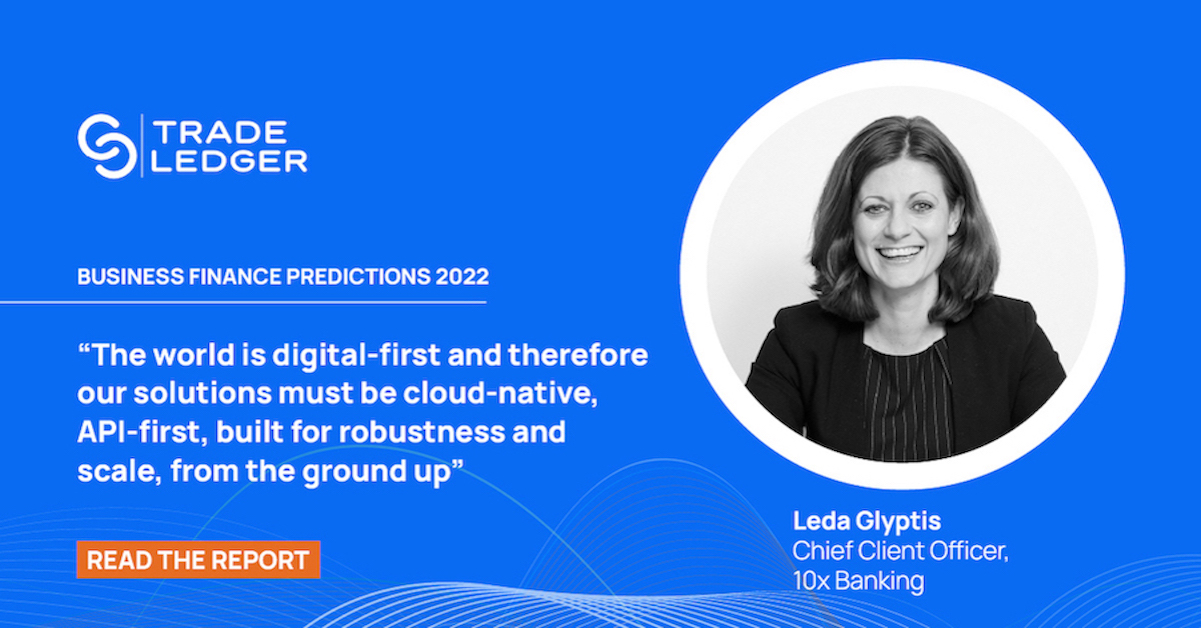If the last 15 years taught us anything, it’s that new technologies don’t move in leaps and bounds. Change is slow, gradual, often imperceptible. Yet you look back and see that things move on cumulatively, making change both profound and irreversible.
Today we discuss embedded finance, for instance, as a new trend. But its constituent parts have taken years to mature: API-first infrastructure, coherent data schemas, regulatory parameters on messaging and data ownership, not to mention making platform economics work for each participant.
One of those slow yet irreversible trends is the realisation that digital capabilities must be the cornerstone of a bank’s strategy, not a nice-to-have layer on top of legacy systems. The world is digital-first and therefore our solutions must be cloud-native, API-first, built for robustness and scale, from the ground up. This technology may not be visible to customers, but its benefits are. It enhances security, stability, and identity protection. It enables scalability, hyper-personalisation and reduces cost. It’s good for the customer, it’s good for the bank (once the journey of getting there is completed), and good for the ecosystem, as it supercharges partnerships. But the journey there is challenging. It requires vision, the right partners, a clear sense of purpose and how technology will serve it.
My prediction is that, in 2022, ‘deep technology’ will become more widely understood and spoken of. Not esoteric quantum computing use cases and a desperate search for AI implementations. I mean FIs actually understanding how the guts of their systems work today and how they should work tomorrow to serve their customers.
We have a duty to help along that journey: educate, evangelise, accelerate a transition that is not about technology or business model transformation anymore, but rather an opportunity to transform our relationship with money.
This article is an extract from the Trade Ledger's Business Finance Predictions 2022. Download the full report via the button below.



